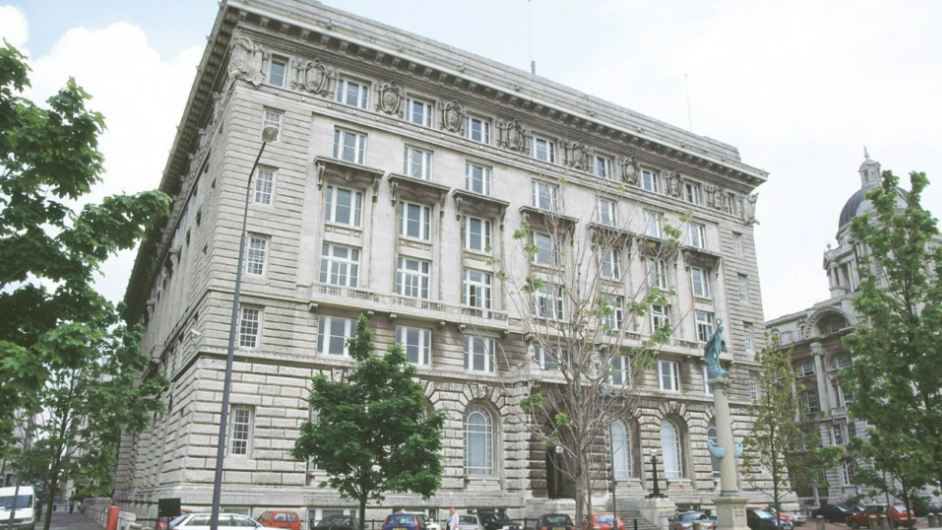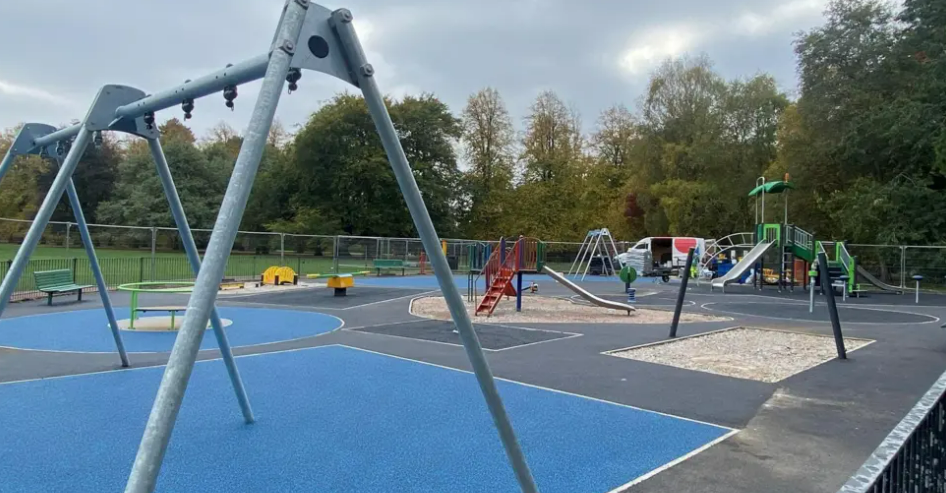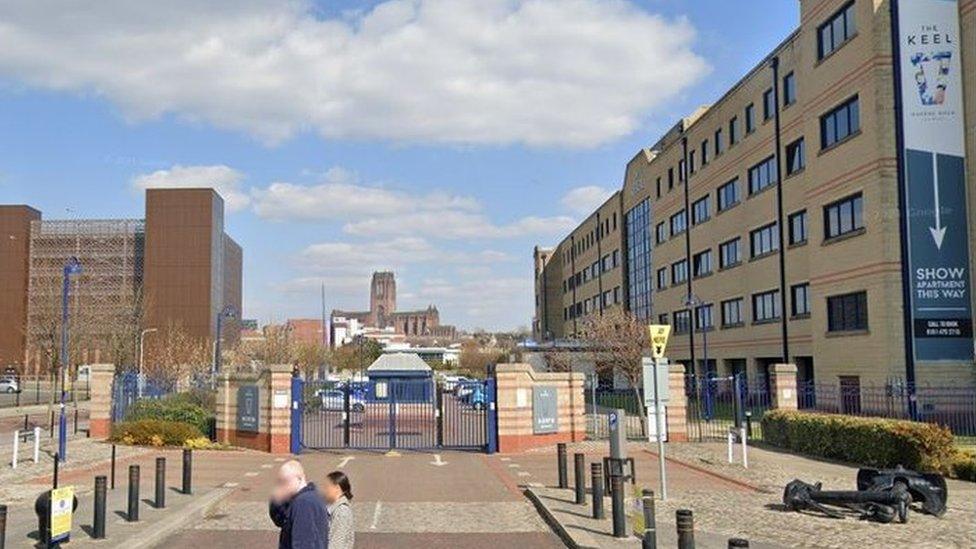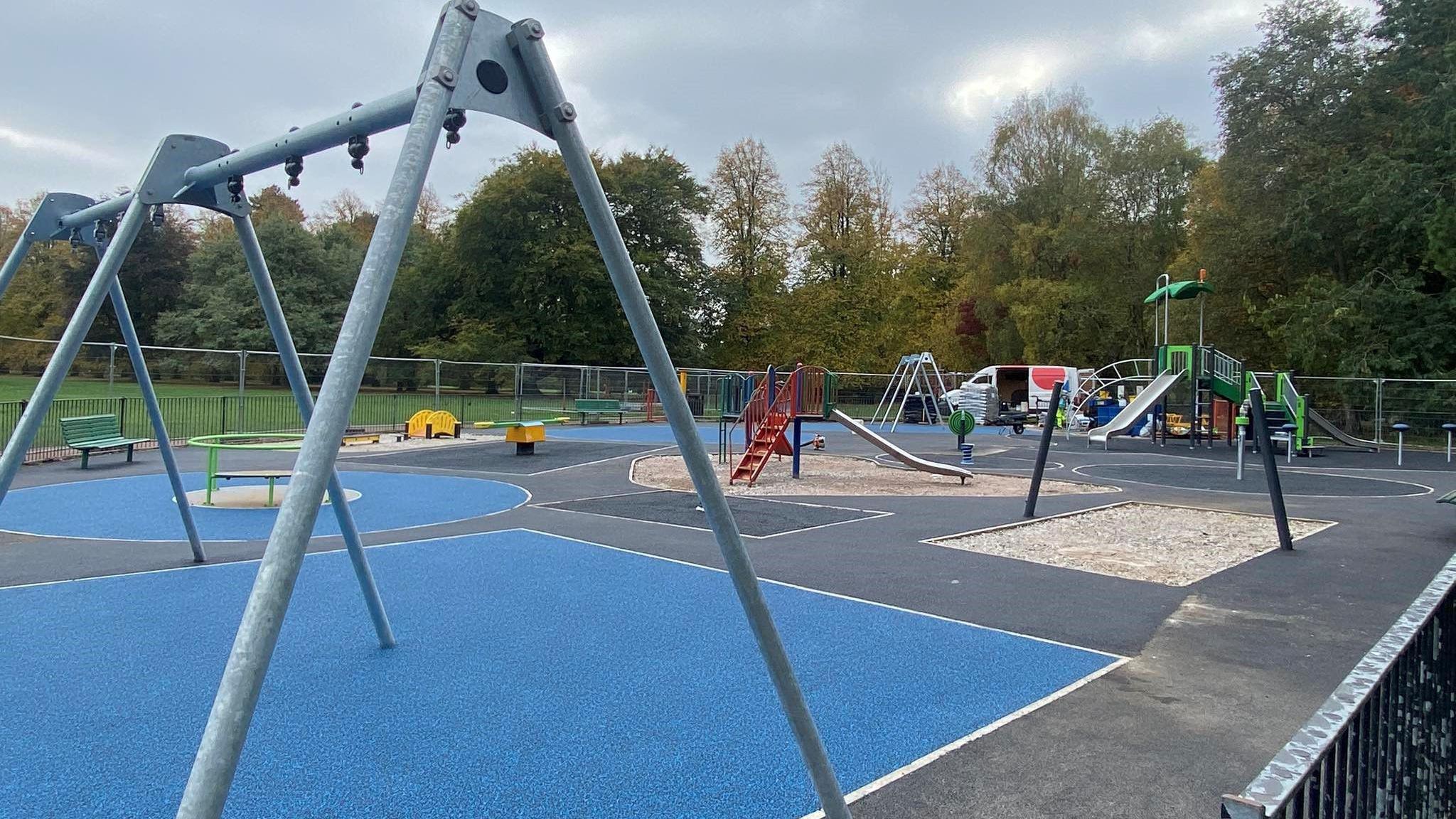Developers face court over £1.5m debt to city

Liverpool City Council is owed about £1.5m in cash developers promised as part of planning deals
- Published
Developers who have failed to pay more than £1.5m owed to a council to pay for things such as parks and playing fields are to be pursued through the courts.
Liverpool City Council is to take legal action against builders who have not paid money they owe through what are known as Section 106 agreements.
These are deals in which companies agree to give money to be spent on things such as playgrounds, recreation facilities and affordable housing as part of planning permission for their commercial schemes.
Three debts totalling £947,000 will go before the courts in October and November, and 11 other firms owing a total of £465,000 also look set to face legal action, a council report said.
Section 106 agreements are legally binding and are drawn up as part of the planning process.
They are demanded by councils if they think a development will place extra burdens on a community, such as increased traffic or loss of public space.
'Short-changed'
According to a report to go before city finance chiefs on 22 October, the council has had to go to court in relation to seven different developments since May 2023, to recover about £600,000 owed to it.
But despite the challenges in getting the money from some developers, the council has previously come in for criticism not spending the Section 106 money it already had in the bank.
Last year, it was revealed that more than £17m in developer contributions remained unspent in Liverpool.
Liverpool Liberal Democrat Andrew Makinson, who had to use Freedom of Information laws to find out how much Liverpool City Council had yet to spend, said the news that developers were not stumping up what they owed was disappointing.
But he said in some cases the council's historical handling of Section 106 money was in part to blame for communities not getting what they were due.
"They have sent the message in the past that they are not serious about collecting this money and they do collect it, they are not serious about spending it," he said.
He said that it had taken since 2017 to spend about £XX on new playground equipment in Calderstones Park, adding: "It's not going to go as far as it would have in 2017."
"The community is getting short-changed."

Section 106 money is used to pay for things like playgrounds, traffic controls, flood defences and affordable housing
Section 106 agreements were introduced in 1990.
But in recent years, industry commentators have described the process as "synonymous with delay, inefficiency and red tape".
Nationally, about £6bn of the contributions was still waiting to be spent on community projects, according to the Home Builders Federation.
Liverpool City Council said it would not name the companies it was planning to take to court in November, but said: "As part of our improvement journey, we now have robust procedures in place for recovering Section 106 contributions owed to the council for the benefit of residents.
"We are currently reviewing processes and procedures around the management and delivery of Section 106 to make sure it is spent as efficiently as possible.
"This year the Section 106 sub-committee has allocated a total of £4,899,621.79 towards projects to be delivered in 2025/26."
Get in touch
Tell us which stories we should cover on Merseyside
Listen to the best of BBC Radio Merseyside on Sounds and follow BBC Merseyside on Facebook, external, X, external, and Instagram, external. You can also send story ideas via Whatsapp to 0808 100 2230.
Related topics
- Published10 November 2021

- Published16 October
